HOT FROM THE PRESS
Multiferroic Iron Oxide Thin Films at Room Temperature
Martí Gich ,* Ignasi Fina , Alessio Morelli , Florencio Sánchez , Marin Alexe ,
Jaume Gàzquez , Josep Fontcuberta , and Anna Roig
Advanced Materials Volume 26, Issue 27, pages 4645–4652, July 16, 2014, DOI: 10.1002/adma.201400990
Multiferroic behaviour at room temperature is demonstrated in ε-Fe2O3. The simple composition of this new ferromagnetic ferroelectric oxide and the discovery of a robust path for its thin film growth by using suitable seed layers may boost the exploitation of ε-Fe2O3 in novel devices.
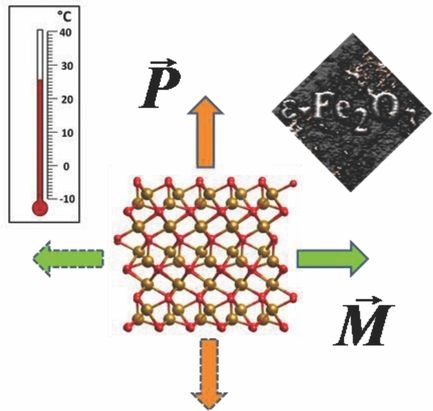

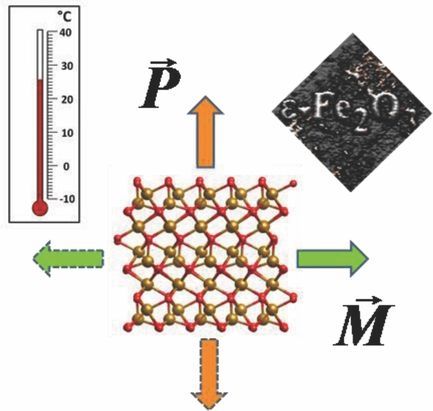
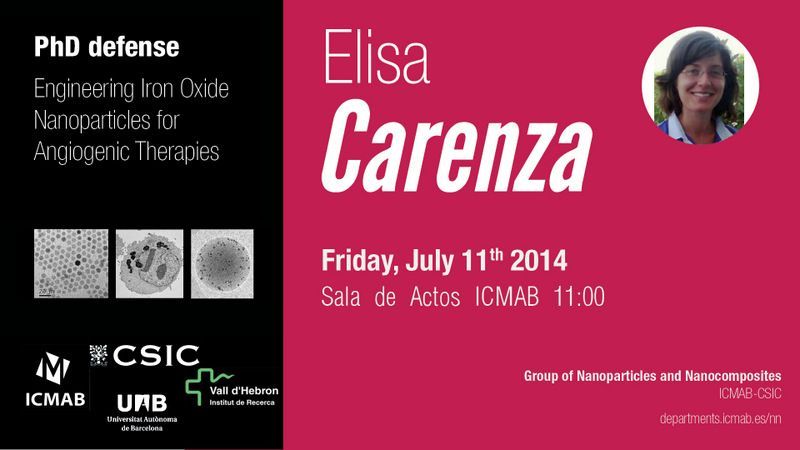
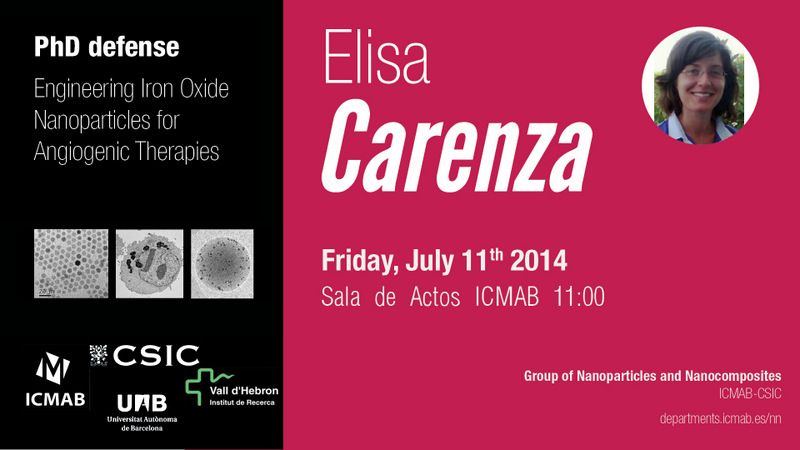
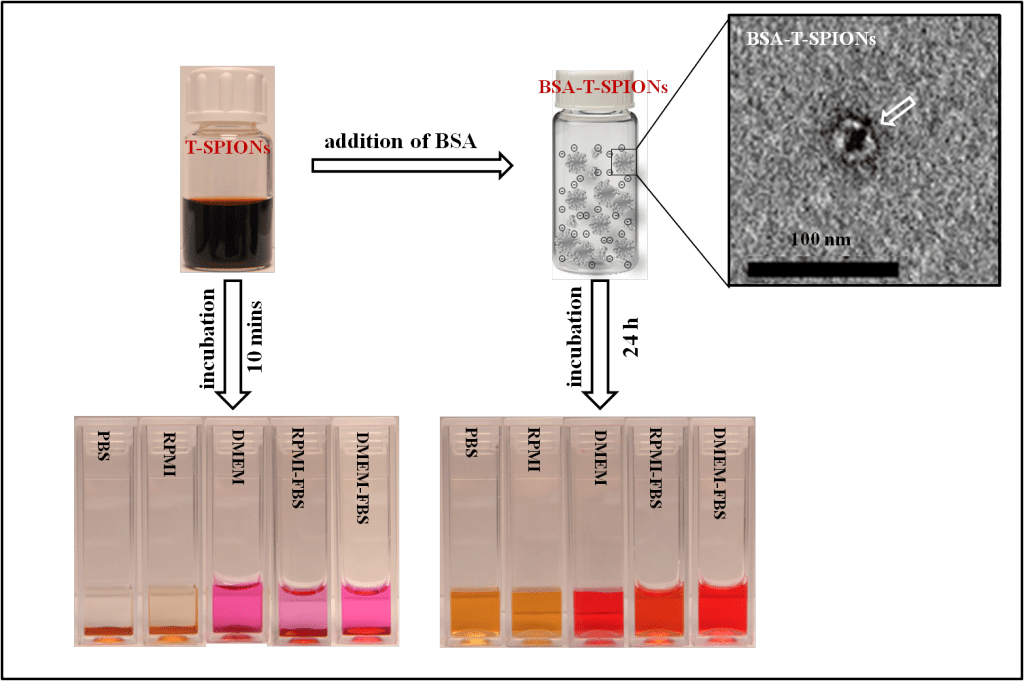
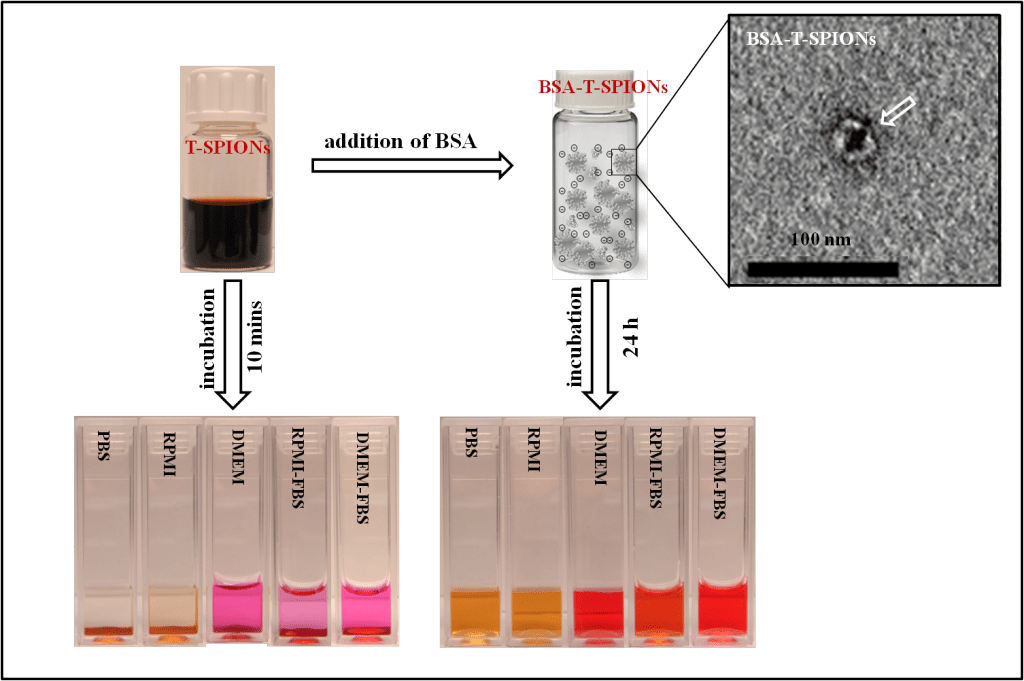 Enhanced stability of superparamagnetic iron oxide nanoparticles in biological media using a pH adjusted-BSA adsorption protocol
Enhanced stability of superparamagnetic iron oxide nanoparticles in biological media using a pH adjusted-BSA adsorption protocol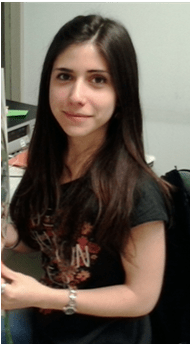
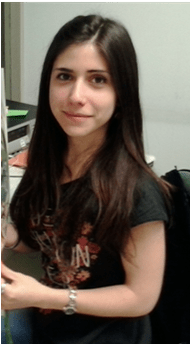
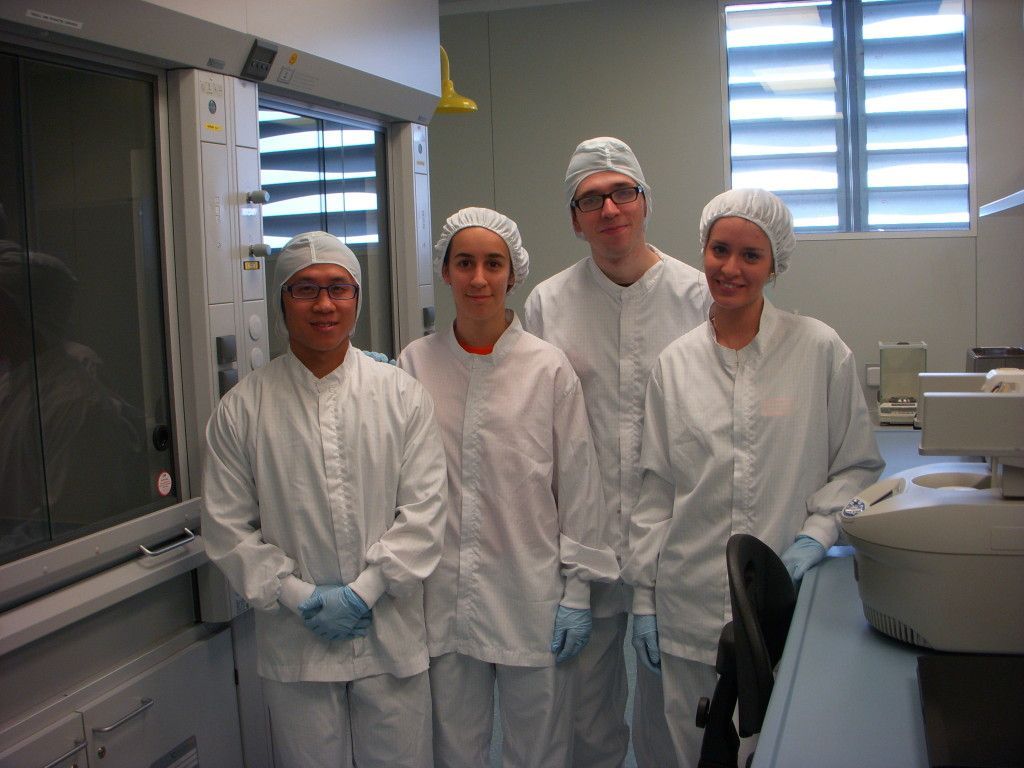
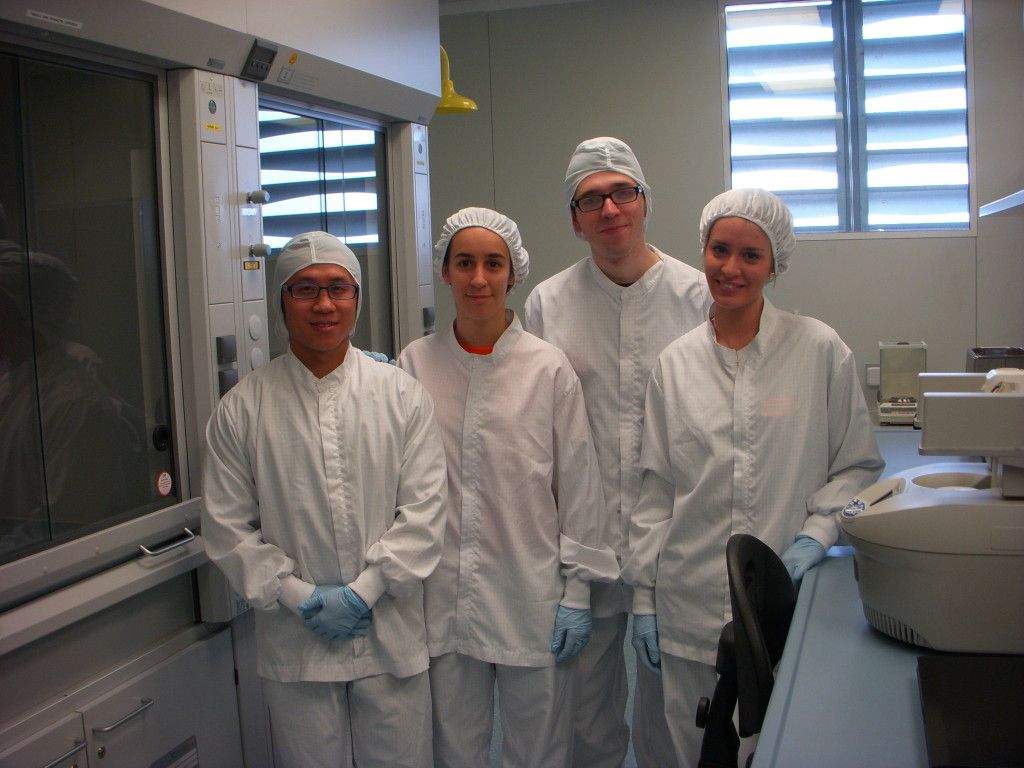


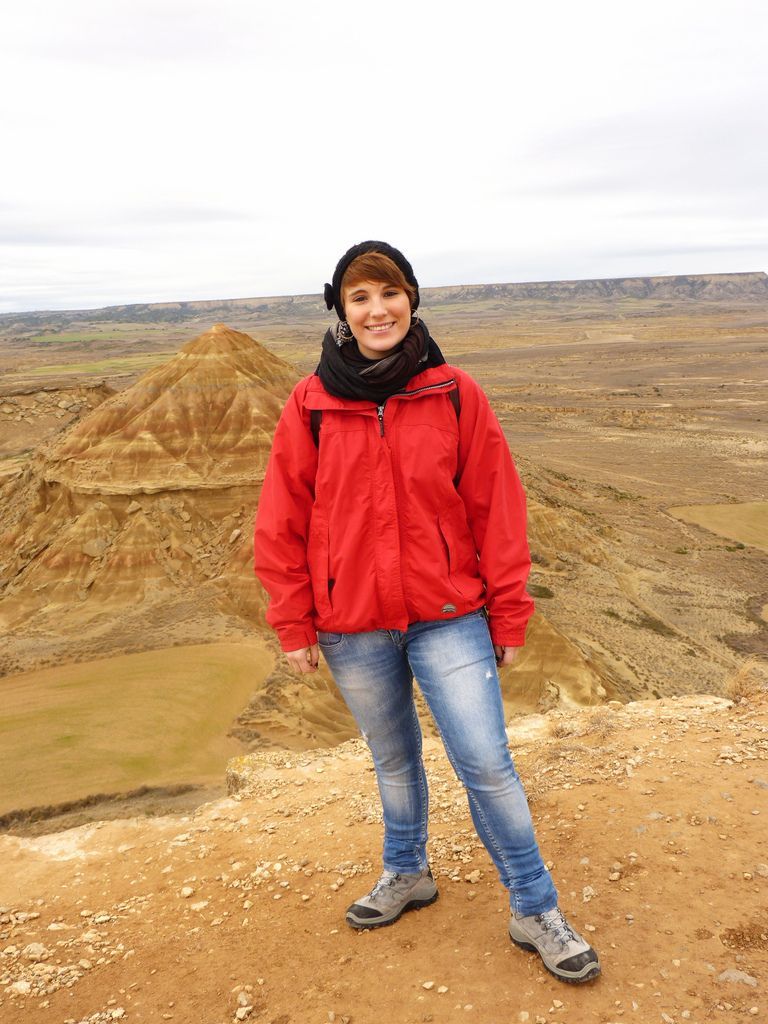
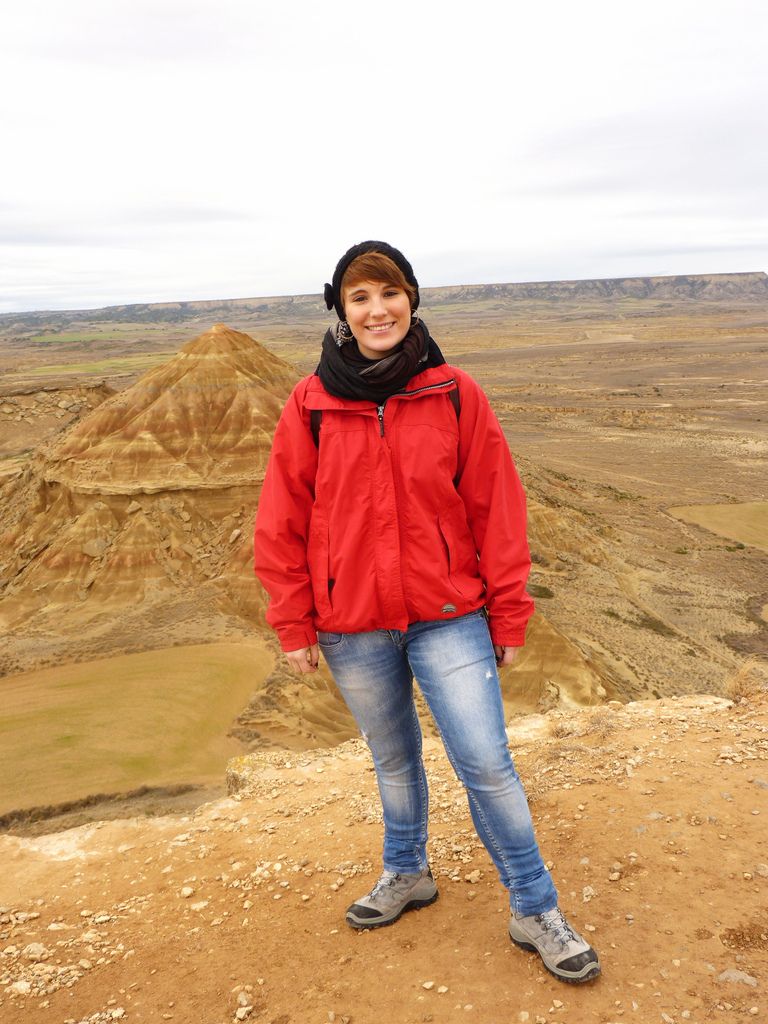 A belated welcome to Ilargi that started her Master work in the n&n group two month ago. She will be studing degradability of bacterial cellulose under the supervision on Anna Laromaine
A belated welcome to Ilargi that started her Master work in the n&n group two month ago. She will be studing degradability of bacterial cellulose under the supervision on Anna Laromaine


 Nanoparticles and Nanocomposites Group and NANOMOL are partners of COMMON SENSE: COST-EFFECTIVE SENSORS, INTEROPERABLE WITH INTERNATIONAL EXISTING OCEAN OBSERVING SYSTEMS, TO MEET EU POLICIES REQUIREMENTS. www.commonsenseproject.eu. Taking the COMMON SENSE Approach to Understanding the Marine Environment COMMON SENSE is a new project that will support the implementation of European Union marine policies such as the Marine Strategy Framework Directive (MSFD) and the Common Fisheries Policy (CFP). The project, which was launched in Barcelona, Spain, in November 2013, is funded by the EC Seventh Framework Programme (FP7) and has been designed to directly respond to requests for integrated and effective data acquisition systems by developing innovative sensors that will contribute to our understanding of how the marine environment functions. Under the MSFD, EU Member States are expected to assess the overall status of their respective marine environments and to put in place the necessary measures to achieve Good Environmental Status (GES) by 2020, using the ecosystem approach. COMMON SENSE will contribute to the achievement of this goal by developing cost-effective sensors that are fully interoperable with existing observing systems and compatible with the Global Ocean Observing System (GOOS) and the Global Earth Observing System of Systems (GEOSS). The project methodology will include a review of existing technologies and ocean observing systems as well as newer state of the art technologies. Current EU legislation will be examined to gain an understanding of the areas where COMMON SENSE can be most beneficial. The core project research will focus on increasing the availability of standardised data on: eutrophication; concentrations of heavy metals; microplastic fraction within marine litter; underwater noise; and other parameters such as temperature and pressure. COMMON SENSE is coordinated by the Leitat Technological Centre, Spain, and its consortium brings together 15 partners from seven different countries The consortium comprises six SMEs, five research development institutes, three universities and one foundation. The consortium’s expertise and geographical distribution will enable multidisciplinary marine environmental monitoring of key marine regions, including the Baltic Sea, the north-east Atlantic Ocean and the Mediterranean Sea.
Nanoparticles and Nanocomposites Group and NANOMOL are partners of COMMON SENSE: COST-EFFECTIVE SENSORS, INTEROPERABLE WITH INTERNATIONAL EXISTING OCEAN OBSERVING SYSTEMS, TO MEET EU POLICIES REQUIREMENTS. www.commonsenseproject.eu. Taking the COMMON SENSE Approach to Understanding the Marine Environment COMMON SENSE is a new project that will support the implementation of European Union marine policies such as the Marine Strategy Framework Directive (MSFD) and the Common Fisheries Policy (CFP). The project, which was launched in Barcelona, Spain, in November 2013, is funded by the EC Seventh Framework Programme (FP7) and has been designed to directly respond to requests for integrated and effective data acquisition systems by developing innovative sensors that will contribute to our understanding of how the marine environment functions. Under the MSFD, EU Member States are expected to assess the overall status of their respective marine environments and to put in place the necessary measures to achieve Good Environmental Status (GES) by 2020, using the ecosystem approach. COMMON SENSE will contribute to the achievement of this goal by developing cost-effective sensors that are fully interoperable with existing observing systems and compatible with the Global Ocean Observing System (GOOS) and the Global Earth Observing System of Systems (GEOSS). The project methodology will include a review of existing technologies and ocean observing systems as well as newer state of the art technologies. Current EU legislation will be examined to gain an understanding of the areas where COMMON SENSE can be most beneficial. The core project research will focus on increasing the availability of standardised data on: eutrophication; concentrations of heavy metals; microplastic fraction within marine litter; underwater noise; and other parameters such as temperature and pressure. COMMON SENSE is coordinated by the Leitat Technological Centre, Spain, and its consortium brings together 15 partners from seven different countries The consortium comprises six SMEs, five research development institutes, three universities and one foundation. The consortium’s expertise and geographical distribution will enable multidisciplinary marine environmental monitoring of key marine regions, including the Baltic Sea, the north-east Atlantic Ocean and the Mediterranean Sea.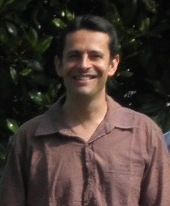
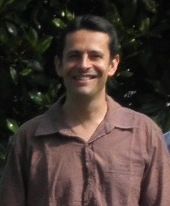 The whole N&N Group congratulates Martí on his new post as staff researcher within the CSIC, competition for securing this post was extremely hard
The whole N&N Group congratulates Martí on his new post as staff researcher within the CSIC, competition for securing this post was extremely hard